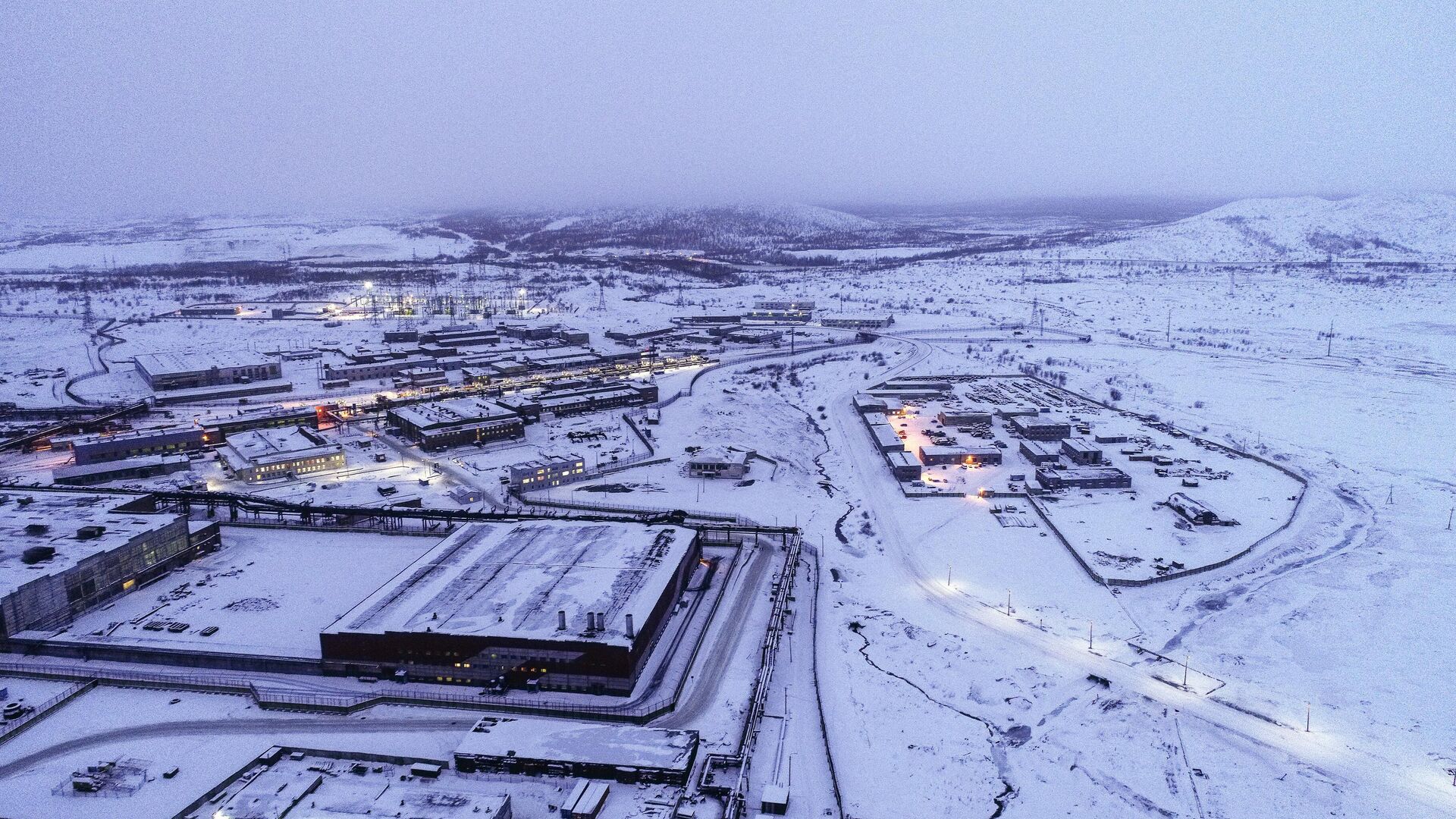
MOSCOW, February 26, Tatyana Pichugina.Exploration of the Kolmozersky deposit of rare metals is being completed. As a result, the country will become one of the top three in lithium reserves, a strategically important element for modern industry. However, it is extremely difficult to obtain. How to solve the problem is in the material.
Why do you need your own lithium, reserves
The first materials for lithium-ion batteries were synthesized in the early 1990s. This made it possible to switch to lighter, more compact and capacious batteries, which became the basis of new electronics. Since then, global demand has only grown. If a small battery contains less than a gram of this metal, then a Tesla car battery contains 1.7 kilograms.
Lithium is also used in the production of glass and ceramics, in petrochemistry, medicine, and the nuclear industry. In 2022, 130 thousand tons were produced worldwide. Demand is expected to increase tenfold by 2030.
In the USSR, the Zavitinskoye deposit in Transbaikalia was exploited, but in the late 1990s, production was curtailed and they began to purchase concentrate abroad — in Chile and Argentina. It was cheaper that way. Now the political situation has changed; it was possible to conclude an agreement on the development of salars (dried up salt lakes) only with Bolivia. Finding themselves dependent on the export of a strategically important element, they decided to organize extraction and production at home.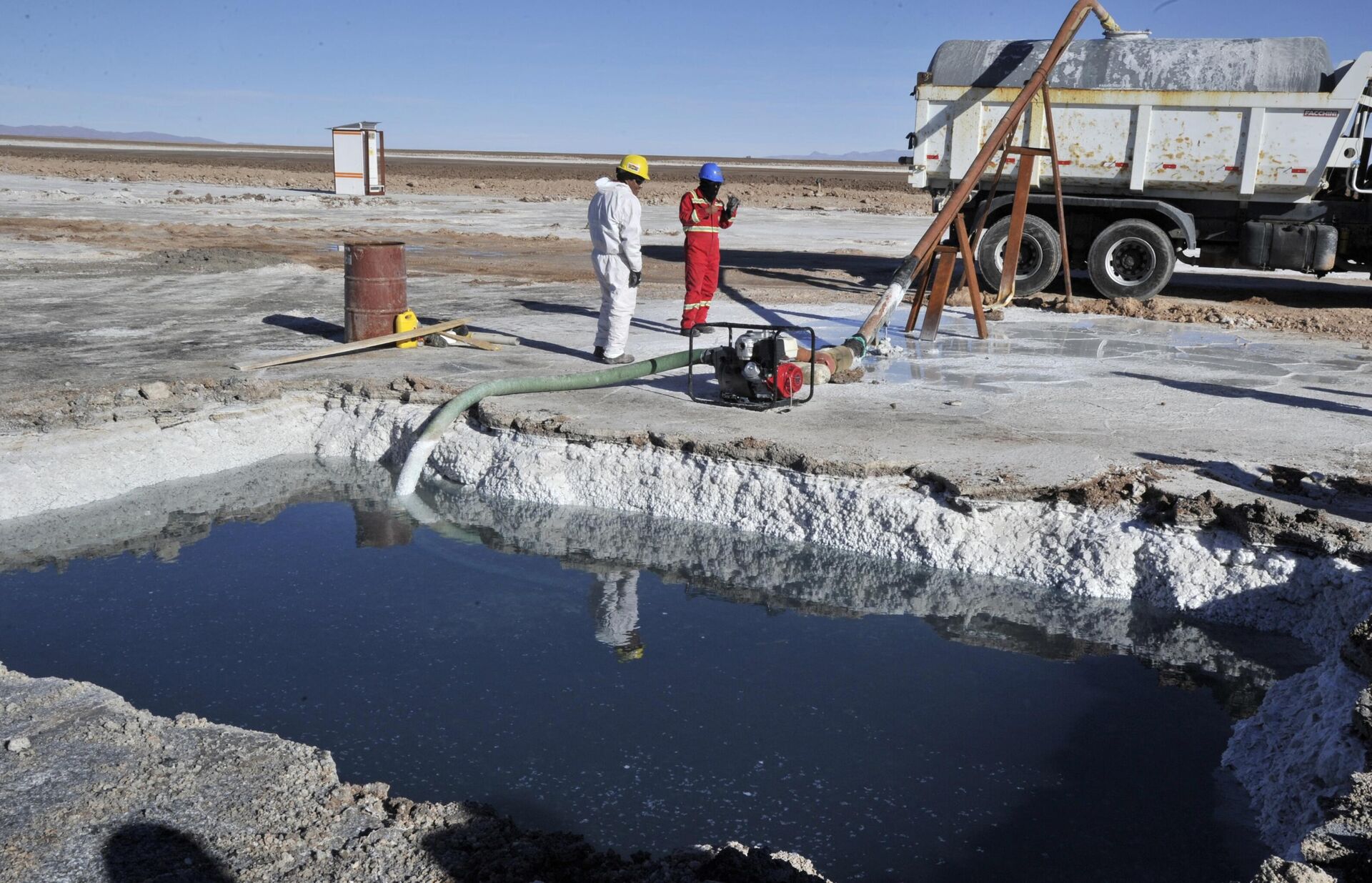 < br />
< br />
More than 70 percent of the balance reserves of lithium are contained in pegmatite deposits. In Russia, this is the most promising source.
Pegmatites are vein rocks of igneous origin, rich in rare metals. In fact, it is a seething melt frozen millions of years ago in cracks. The richest complexes are located on the Kola Peninsula. 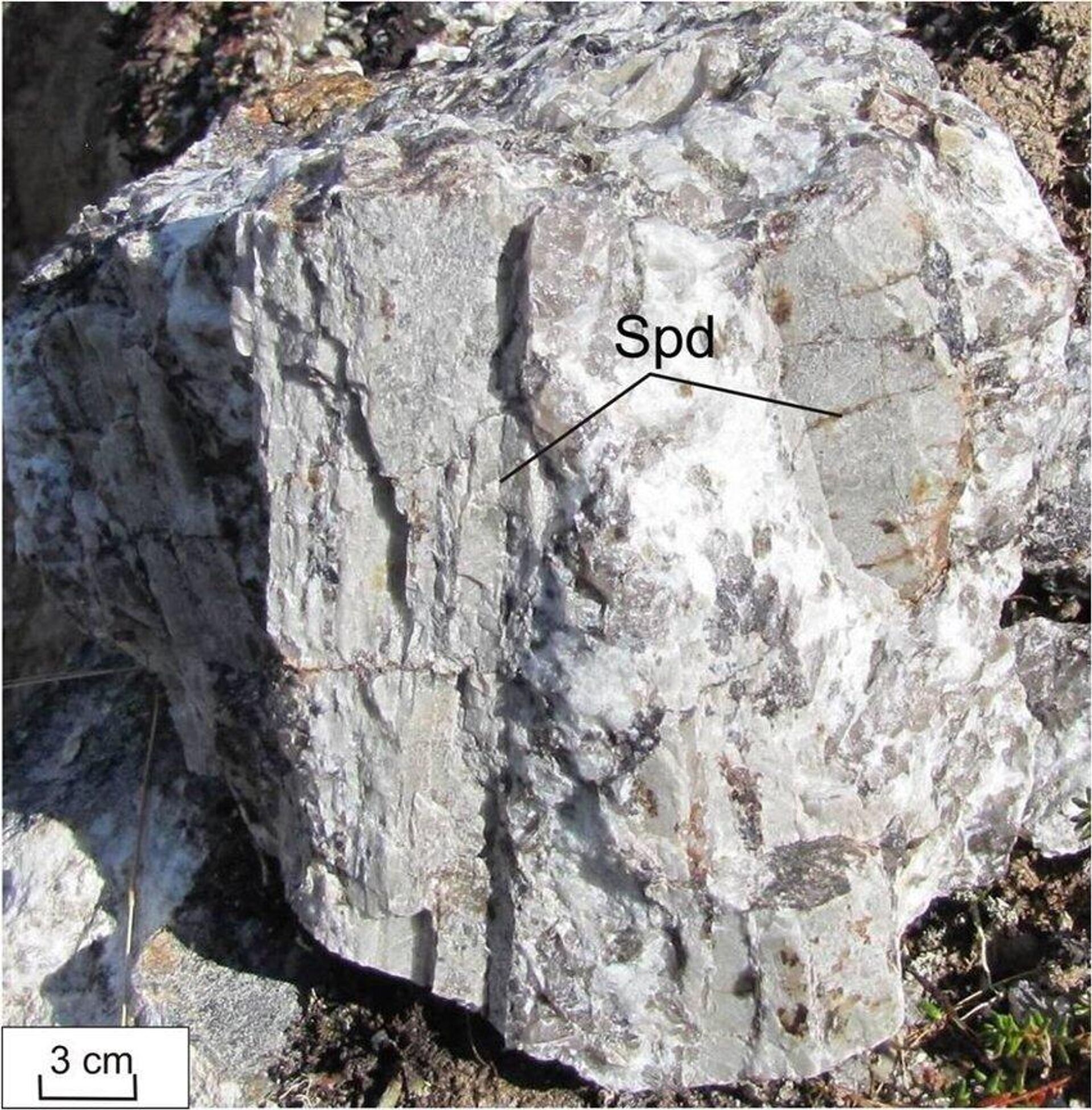
In 1947, scientists from the Geological Institute of the Kola Branch of the Academy of Sciences discoveredthere is the Kolmozerskoye deposit, containing more than 500 thousand tons of lithium. This is almost 24 percent of the country's total reserves. In addition, it is enriched with niobium, tantalum, beryllium, rubidium, and cesium.
A year ago, Polar Lithium LLC, a joint venture between Rosatom and MMC Norilsk Nickel, received a license to exploit the deposit. Field work is now being completed, as a result of which Russia will become one of the three world leaders in terms of reserves. Production is planned to begin in 2026.
How to extract lithium from rock
Lithium in pegmatites is part of the silicate mineral spodumene. The proportion of metal in the rock is small — about one and a half percent. It is necessary to enrich, that is, grind, remove excess and concentrate.
Lithium extraction is a multi-step chemical process that includes high-temperature roasting and leaching.
The most effective technology is sulfuric acid technology, which extracts about 90 percent of lithium in the form of carbonate or hydroxide. At the Institute of Chemistry and Technology of Rare Elements and Mineral Raw Materials named after I.V. Tananaev, KSC RAS, the technique was modernized, achieving maximum extraction — 98 percent — and a high degree of purification.
From the resulting lithium carbonate, solid electrolytes with the NASICON structure were synthesized, which, as the authors write in a recent report, are considered the most promising for solid-state lithium-ion batteries.
“The sulfuric acid technology for extracting lithium from spodumene concentrates and ores has been known for a long time and has been used in the United States since the 1950s. There are many varieties, and the differences are mainly associated with the extraction of associated elements and methods for concentrating sulfate solutions before isolating lithium carbonate. We have not only improved this process, but also along the way, cesium-rubidium alum was extracted from the concentrate,” says Alexander Kasikov, head of the laboratory for the development and implementation of chemical technology processes at the ICTREMS KSC RAS, Candidate of Chemical Sciences.
This technology requires a lot of sulfuric acid, so its production must be nearby, the researcher points out. The supplier could be the Kola MMC in Monchegorsk, where copper-nickel concentrates are processed and acid is produced along the way from captured sulfur dioxide gases.
By 2027, they planned to build a new environmentally friendly copper production there, producing large volumes of sulfuric acid.
«There are many technologies for processing spodumene. Only in our institute in the 1970-1990s they developed several methods. This is also done at VNIIHT. In addition, «, there are alkaline, sulfate, sulfuric acid-aluminate technologies, as well as the bisulfate extraction method proposed by GEOKHI RAS. Each has its own pros and cons,» explains Kasikov.
It is still unknown what extraction technology will be used in this case. According to the scientist, it is necessary to take into account that the Kolmozerskoye deposit is complex, so it is necessary to extract all rare metals, not just lithium.
«The problem of recycling waste from processing, of which there will be a lot, must also be solved. With sulfuric acid technology, they can be used in as an additive to cement. We have tested this approach in our building materials department,» adds the researcher.
In wordsDirector of the Institute, Corresponding Member of the Russian Academy of Sciences Ivan Tananaev, the Mining Institute of the KSC has a semi-industrial enrichment plant for the enrichment of various ores. And for carrying out operations to obtain lithium products, the Scientific Center is ready to provide a site for a pilot installation.
From mining to production
In Russia they are thinking about closing the entire chain — from lithium mining to the production of goods. Now they process the concentrate purchased abroad and send it for sale. Lithium metal, including for batteries, is produced only by the chemical and metallurgical plant in Krasnoyarsk.
If the development of the Kolmozerskoye deposit and the Polmostundrovskoye deposit, located just north of it, begins, the country will cover its needs for this metal. The Ministry of Industry and Trade expects to receive 85 thousand tons per year of lithium carbonate (hydroxide) by 2030.
The problem of demand remains. Previously, they planned to send the mined raw materials to China for the production of cathode materials, said Igor Demidov, General Director of Polar Lithium LLC, speakingat the III Scientific and Practical Conference «Mineral resource base of high-tech metals: Development, reproduction, use» at VIMS in November last year. According to him, this is “a priori a losing story.”
Cathode materials are synthesized from nickel sulfate, cobalt, manganese and lithium hydroxide. You can get all this yourself, Demidov is sure. To do this, it is necessary to launch a pilot plant with a capacity of two to five thousand tons at the Kola MMC site. This should be enough for the “gigafactories” for the production of energy storage devices, which are being built in the Kaliningrad region and New Moscow. And KamAZ will install them in new electric vehicles.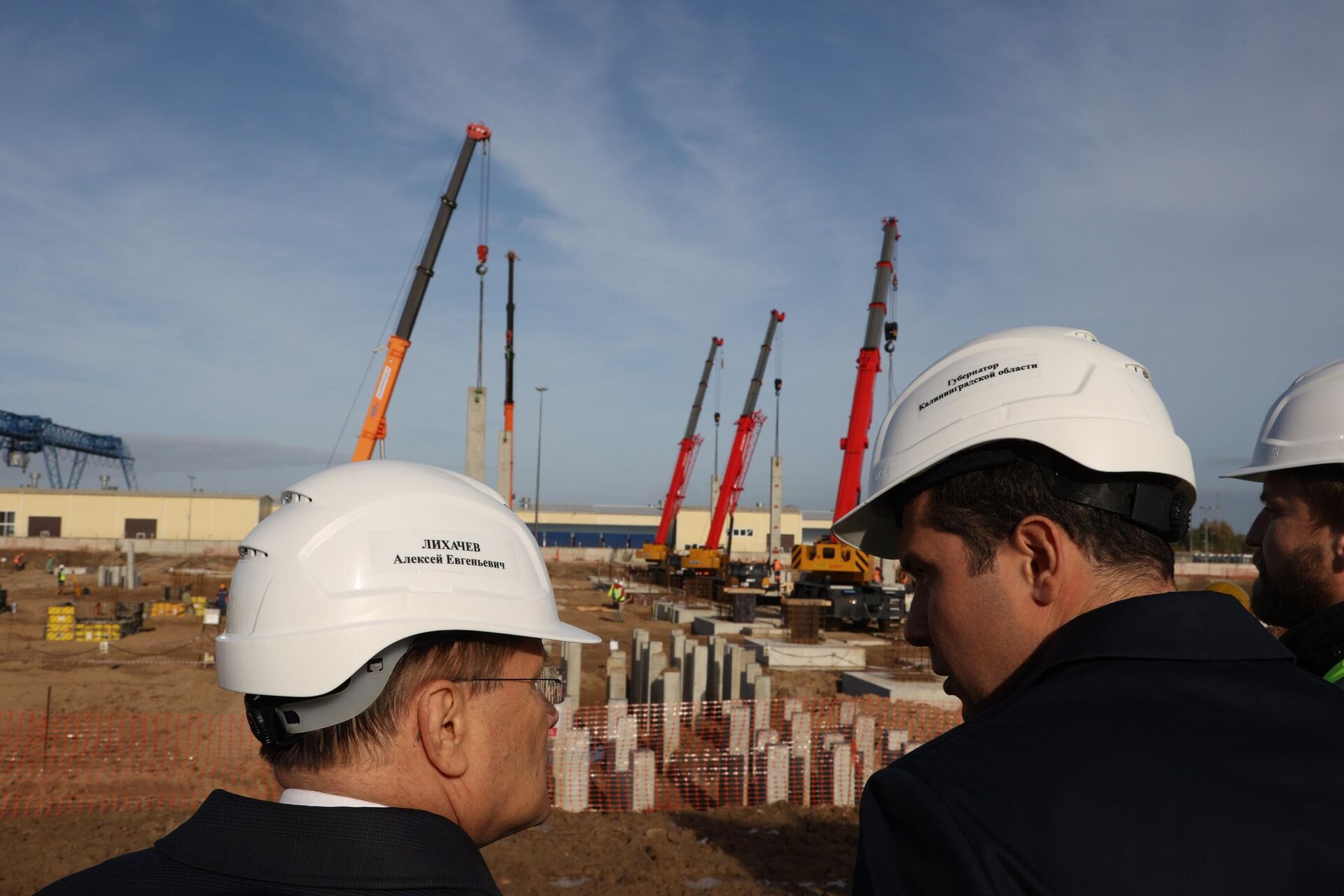










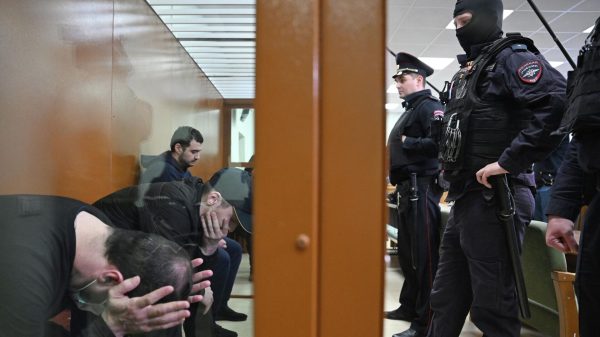






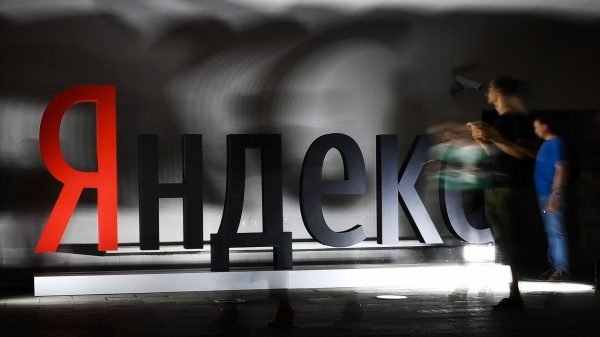

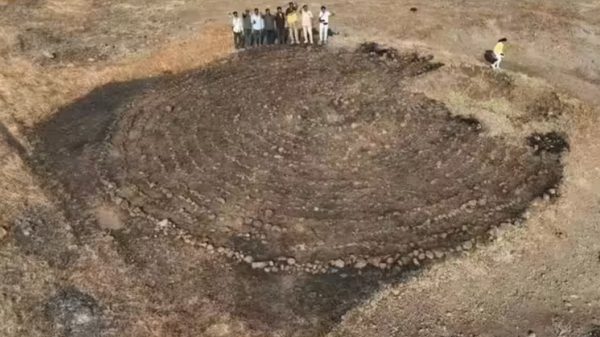















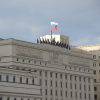



















Свежие комментарии